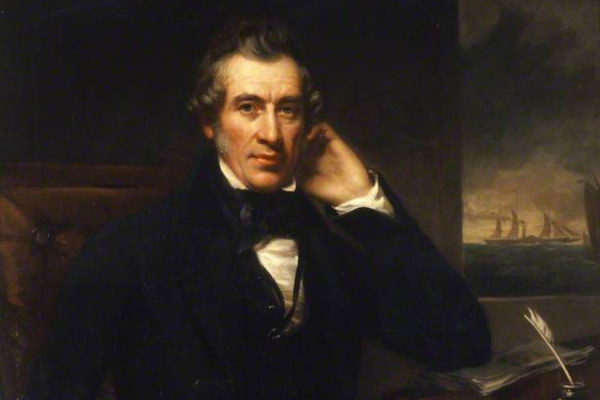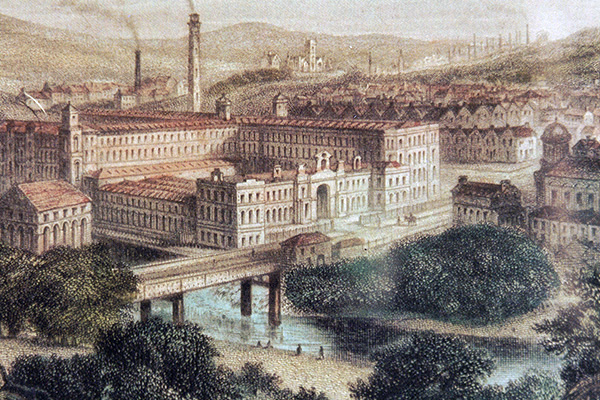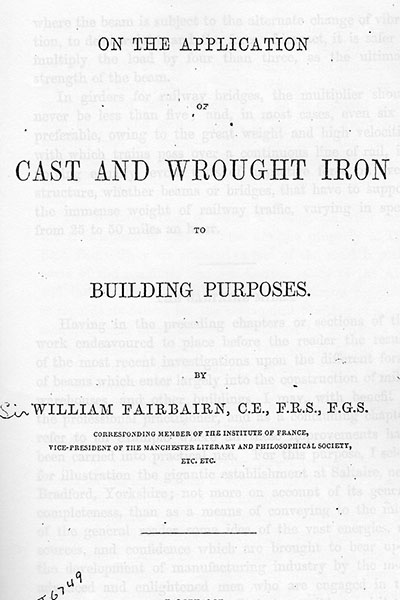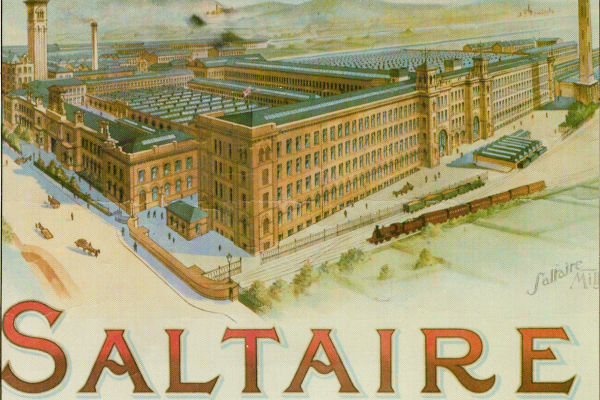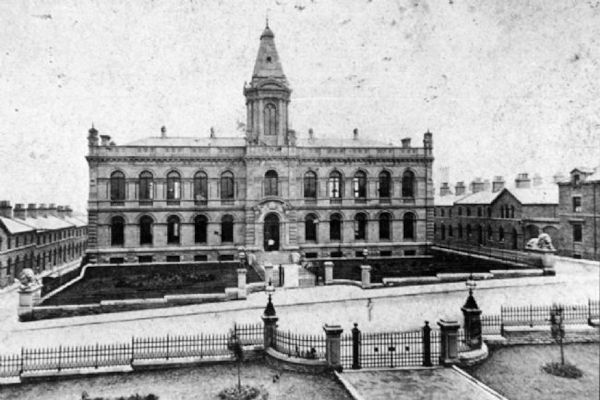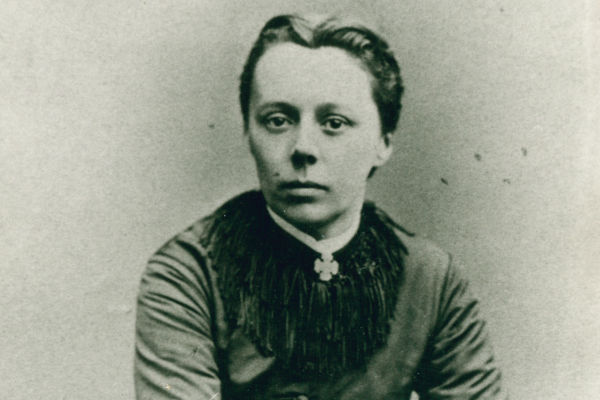Outstanding engineer and mill builder
William Fairbairn was one of the greatest mill-builders and experimental engineers of the middle nineteenth century.
He made a huge contribution to the design and construction of Salts Mill, which is widely regarded as his mill-building masterwork.
